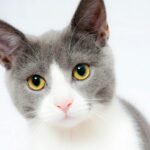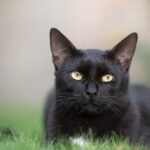Have you ever stopped to admire a cat and wondered how nature managed to paint such extraordinary patterns across their fur? From swirling marbles to ethereal silver tips, some felines carry genetic artwork that seems almost too beautiful to be real.
The world of cat genetics creates fascinating phenomena that rival anything an artist might imagine. These unusual patterns aren’t just pretty to look at; they tell stories of ancient wildcats, temperature-sensitive mutations, and sometimes even genetic miracles that happen once in thousands of births. Let’s explore these living masterpieces that walk among us on four paws.
Bengal Cats: Wild Rosettes Meet Domestic Hearts

The rosette tabby pattern is a pattern similar to that of a leopard, where rosette spots are spread over the body. The pattern is found in hybrid cat breeds, such as the Bengal and Safari. Bengal cats are genetically made from a wild cat and a domestic cat, so it’s not a surprise that they have traits from their wild counterparts. One way this shows can be a rosette cat pattern coat that’s most often seen on big cats like leopards, jaguars, cheetahs, and ocelots.
These spotted beauties also showcase marble patterns that appear like flowing rivers of color across their coats. You can also get marbled cat on Bengals which they get from their tabby cat heritage. The marbling looks like swirls and asymmetric patterns made of two or more colors in random formations across the body. Think of creamer swirling through coffee, but permanently captured in a cat’s fur.
Lykoi: The Werewolf Cat’s Mysterious Coat

Known for the appearance of a little wolf cat, the Lykoi is a relatively new breed recognized by TICA. They are partially hairless with a mix of hair that can vary from being almost black to almost white. The Lykoi’s most defining feature is its roan coat, a mesmerizing blend of colored hairs (black, gray, or tabby) and white, amelanistic hairs. This sparse fur, especially around the face, legs, ears, and feet, creates a “mask” that enhances their werewolf-like aura.
The Lykoi’s coat pattern changes dramatically throughout their lives. Unlike fully hairless breeds, Lykoi have a coat that ranges from nearly bald to partially furred, depending on seasonal molts. Without an undercoat, they shed minimally, but molting can dramatically alter their appearance, with fur regrowing in new colors or densities, making each Lykoi a unique canvas. Imagine owning a cat that essentially redesigns itself with each passing season.
Chimera Cats: Two Souls, One Body
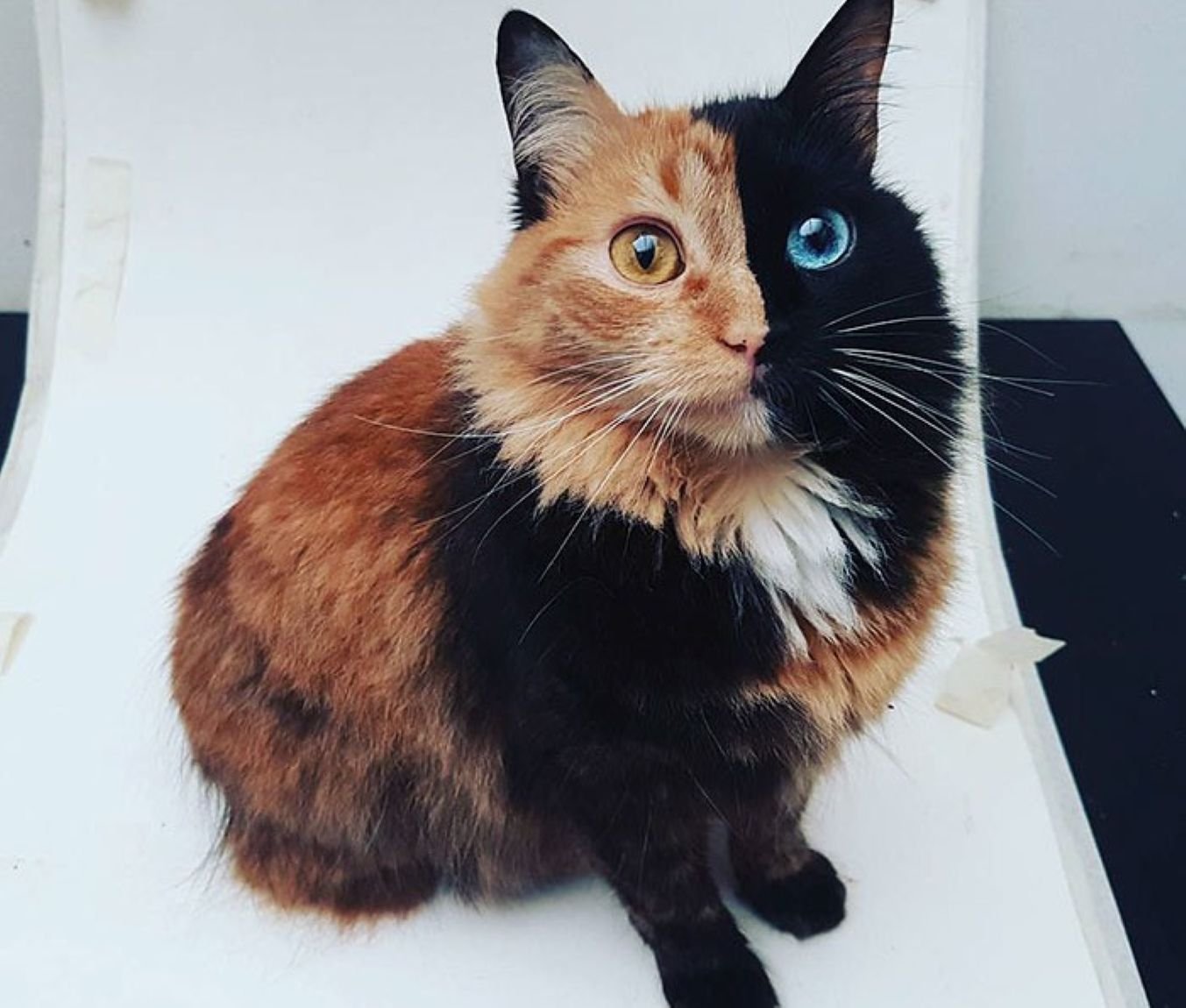
A chimera cat is an individual feline formed from the fusion of two embryos in the womb. Essentially, it’s a single organism made up of cells from two different zygotes. This occurs before the cells in each embryo are fully differentiated, and when fused, the resulting cat carries two distinct sets of DNA. As a result, chimera cats can display dramatically different fur colorings on either side of their face or body. For example, one half of the face might be orange while the other is black – almost as if drawn with perfect symmetry – creating a stunning, half-and-half appearance.
These genetic marvels represent something far more extraordinary than typical coat patterns. Prof. Ronny emphasizes that the number of Chimera cats is minimal globally due to the rarity of natural embryo fusion. This occurrence is extremely infrequent, that there is insufficient health data to conclude that Chimera cats have specific health disorders. Venus, the Instagram-famous split-faced cat, remains one of the most recognized examples of this phenomenon.
Russian Blue: The Shimmer of Silver-Tipped Perfection

The Russian Blue cat (Russian: Русская голубая кошка, romanized: Russkaya golubaya koshka), commonly referred to as just Russian Blue, is a pedigreed cat breed with solid blue colours that vary from a light shimmering silver to a darker, slate grey. The short, dense coat, which stands out from the body, has been the breed’s hallmark for more than a century. Russian Blues are plush short-haired, shimmering pale blue-grey cats with bright emerald green eyes. Guard hairs are distinctly silver-tipped giving the cat a silvery sheen or lustrous appearance.
Their unique shimmer pattern creates an almost otherworldly glow. Shimmer patterned cats have gray coats with white or translucent tips. This pattern is seen in the Russian Blue and Korat cat breeds. Under certain lighting conditions, these cats appear to glow from within, as if dusted with fairy silver.
Sphynx: Patterns on Bare Skin
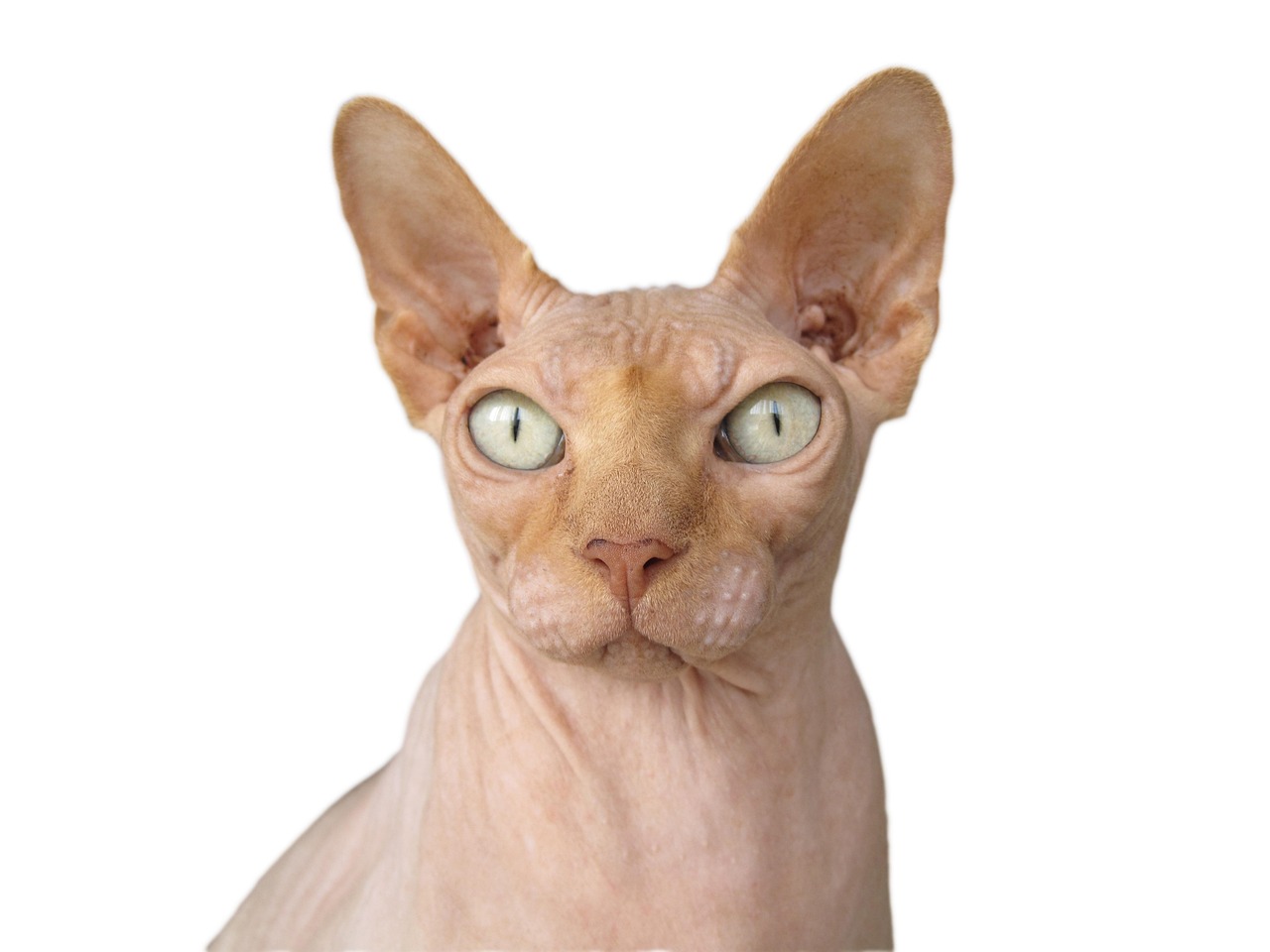
Not everyone would consider being bald a coat pattern, so why are sphynx cats here? Sphynx cats are not entirely bald, as they have a fine layer of hairs making up a downy coat, and they can also have color patterns across their body. Some sphynx cats are entirely pink, some have blocks of dark colors, or they can even have colorpoint patterns on their skin.
The Sphynx’s baldness reveals something remarkable about cat genetics. The hallmark feature of the Sphynx cat is, of course, its hairlessness. This unique trait is due to a recessive genetic mutation that affects hair follicle development. Their skin displays all the patterns that would normally appear in fur, creating living tattoos that shift and change with their movements.
Turkish Van: The Perfect Van Pattern
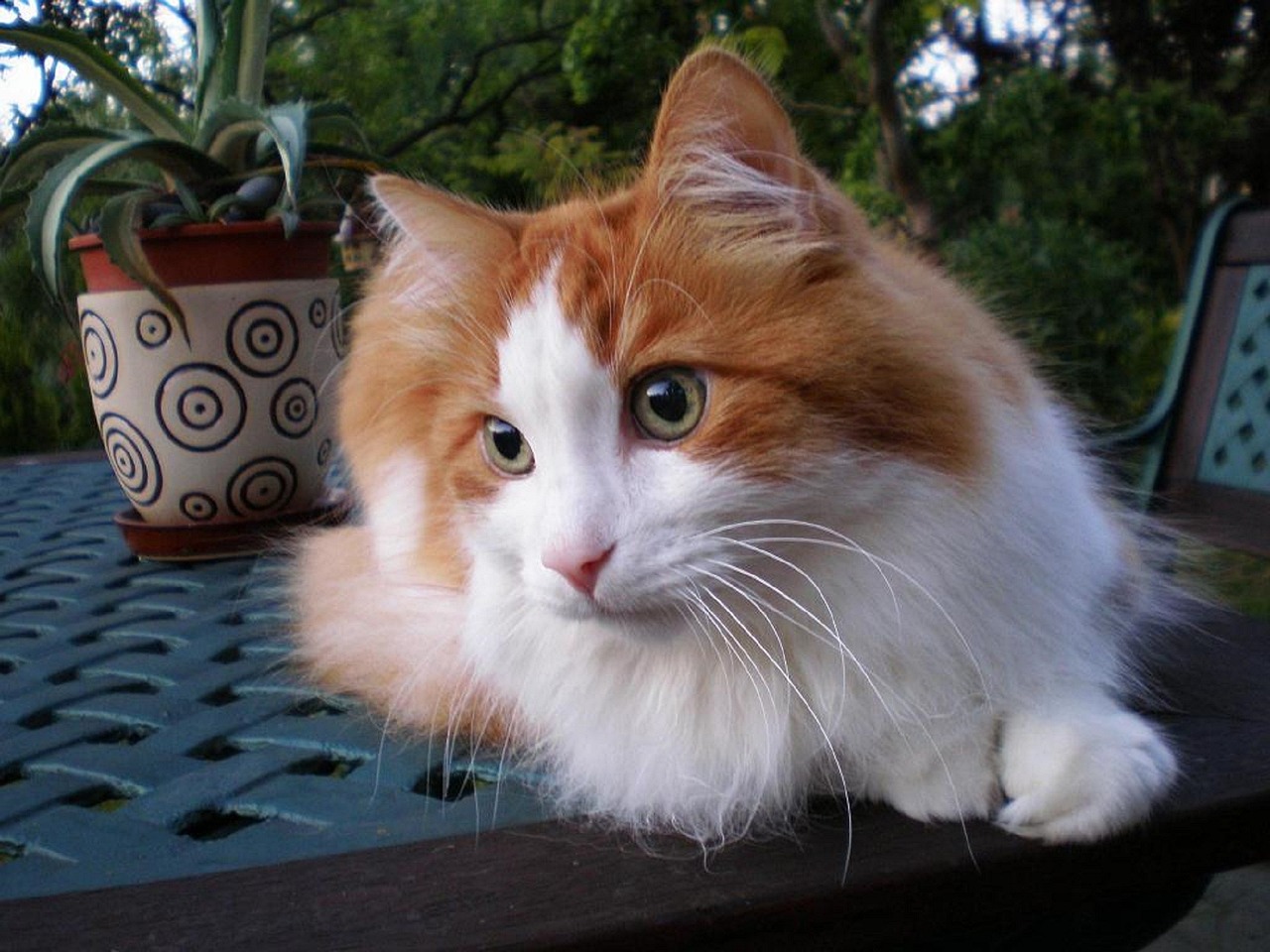
The van cat fur pattern is a modified form of the bicolor pattern. It’s named after the Turkish Van cat breed, which always has a van pattern coat. Van patterned cats have a white body and legs, but their tail is pigmented, and they have a pigmented ‘cap’ on top of their head, which includes their ears.
This breed’s swimming abilities add another layer to their uniqueness. The Turkish Van is a breed with semi-long fur that really enjoys water. People often refer to them as “swimming cats” because they love to play in baths and sinks. Their van pattern seems perfectly designed for aquatic adventures, with the colored cap protecting their head while swimming.
Ticked Tabby: The Agouti Artists

The ticked tabby pattern, which is seen in several breeds, including the Abyssinian, Somali, and Singapura, is the result of the agouti gene, which creates alternating dark and light bands of color on each individual hair, causing a ticking effect. The ticked tabby pattern, which is seen in several breeds, including the Abyssinian, Somali, and Singapura, is the result of the agouti gene, which creates alternating dark and light bands of color on each individual hair, causing a ticking effect. The base color of the coat is lighter (red, cinnamon, beige, grey, or brown), with darker ticking on the hairs.
The grizzled variation adds even more complexity to this pattern. A variation of the ticked tabby pattern is the grizzled tabby pattern seen in Chausie cats. The ground color is light with dark tips on each hair, which gives the cat a grizzled or frosted appearance. Each individual hair becomes a tiny work of art, banded with multiple colors that create an overall shimmering effect.
Colorpoint: Temperature-Sensitive Art
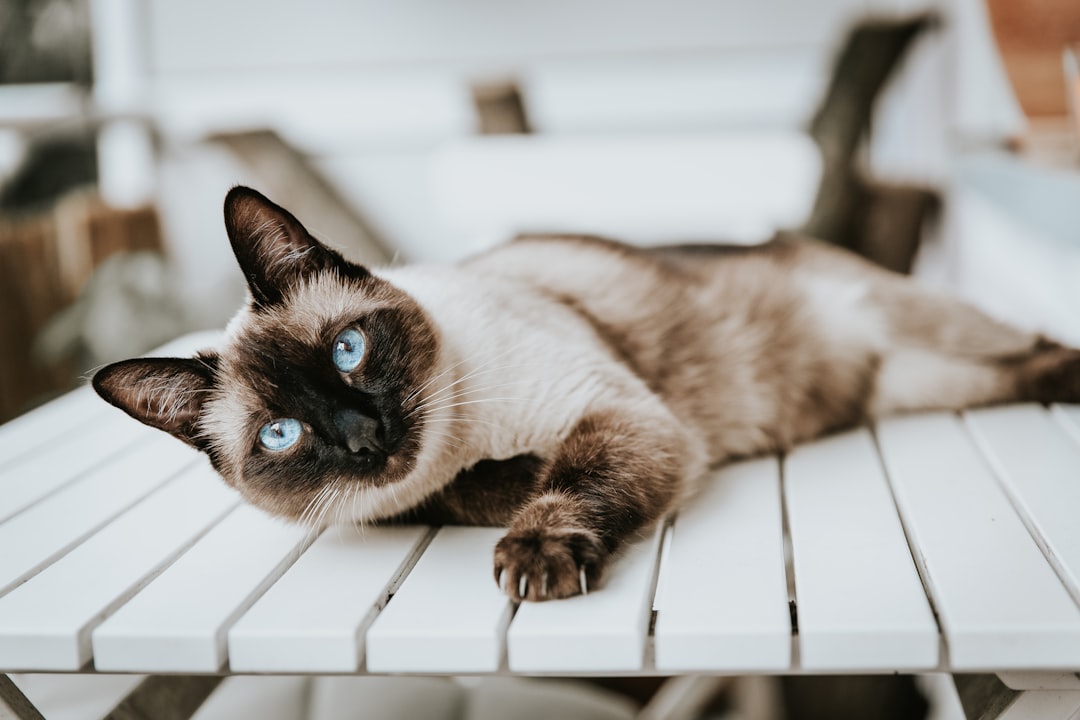
Colorpoint is the pattern seen in Siamese cats and related breeds. Colorpoint cats have a lighter colored body with darker “points” of color on the extremities (the head, tail, and feet). Colorpoint patterns are caused by an amazing genetic mutation, which makes pigment production temperature sensitive. So colorpoint cats only produce pigment where their skin surface temperature is lowest.
This temperature-sensitive phenomenon creates living mood rings of sorts. Siamese cats are, in fact, slightly albino. Temperature-sensitive albinism is considered a less severe form of albinism than complete albinism, meaning that color only develops on cooler areas of the body. It’s also possible for these cats to get generally darker as they age due to a general drop in their temperature. The colder the environment, the more dramatic their points become.
Smoke Patterns: The Art of Fading
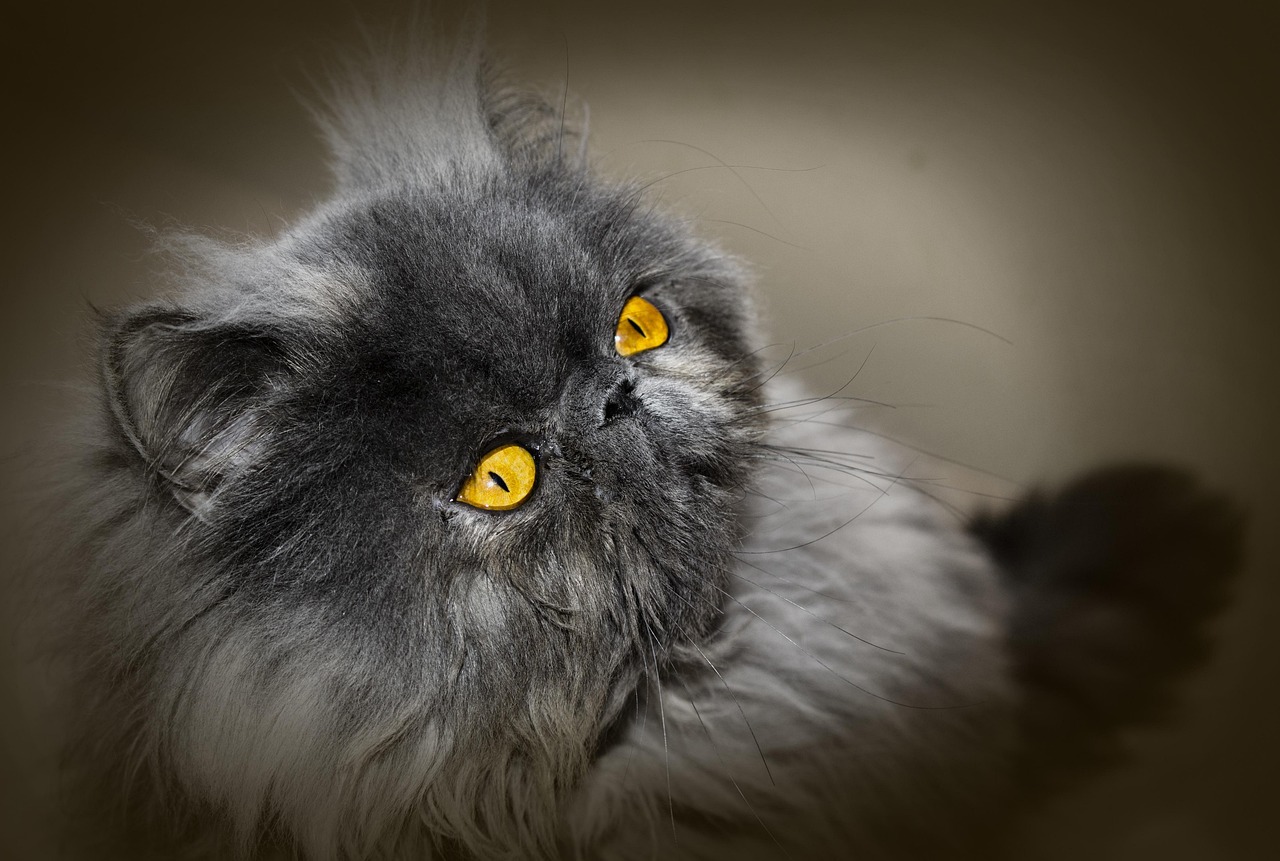
Though black smoke is similar to blue/silver coloring, the two aren’t quite the same. Dr. Little explains that this rare cat color presents as a dark smokey hue, thanks to a combination of black, gray and white fur. Each hair on the smoke is pale at the base becoming darker to the tip.
Persian smoke cats represent one of the most elegant expressions of this pattern. This variety has been recognized for many decades and has remained relatively rare throughout its history. When these cats move, their fur creates waves of color that shift from light to dark like smoke itself.
Tortoiseshell: Genetic Masterpieces
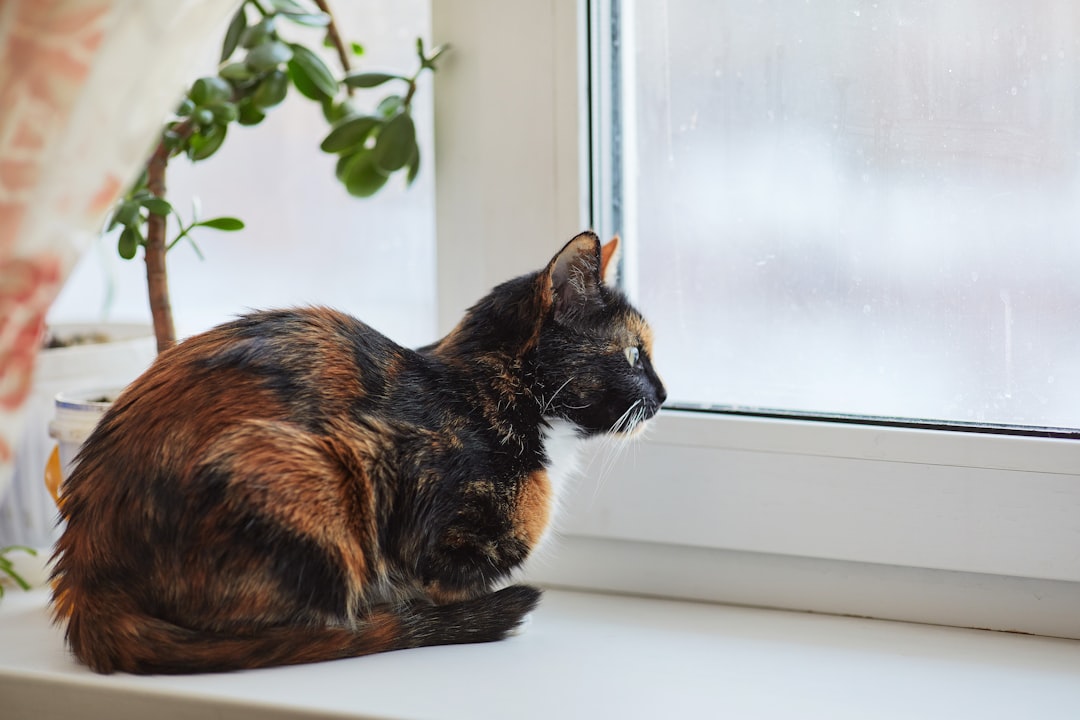
Tortoiseshell is a beautiful color pattern that’s a mix of two colors – black and orange – which are mottled together in an asymmetric pattern that resembles a tortoise’s shell. As unique as fingerprints, no two tortoiseshell cats will have exactly the same pattern. Due to the genetics that create the tortoiseshell pattern, torties are almost always female.
The science behind tortoiseshell patterns reveals fascinating genetics. Torties and calico cats are, more often than not, female. This is because the X chromosome carries the information about where to place the colors on cat fur. Each tortie becomes a unique genetic canvas, painted by chromosome inactivation during development.
Chinchilla: Silver-Tipped Elegance
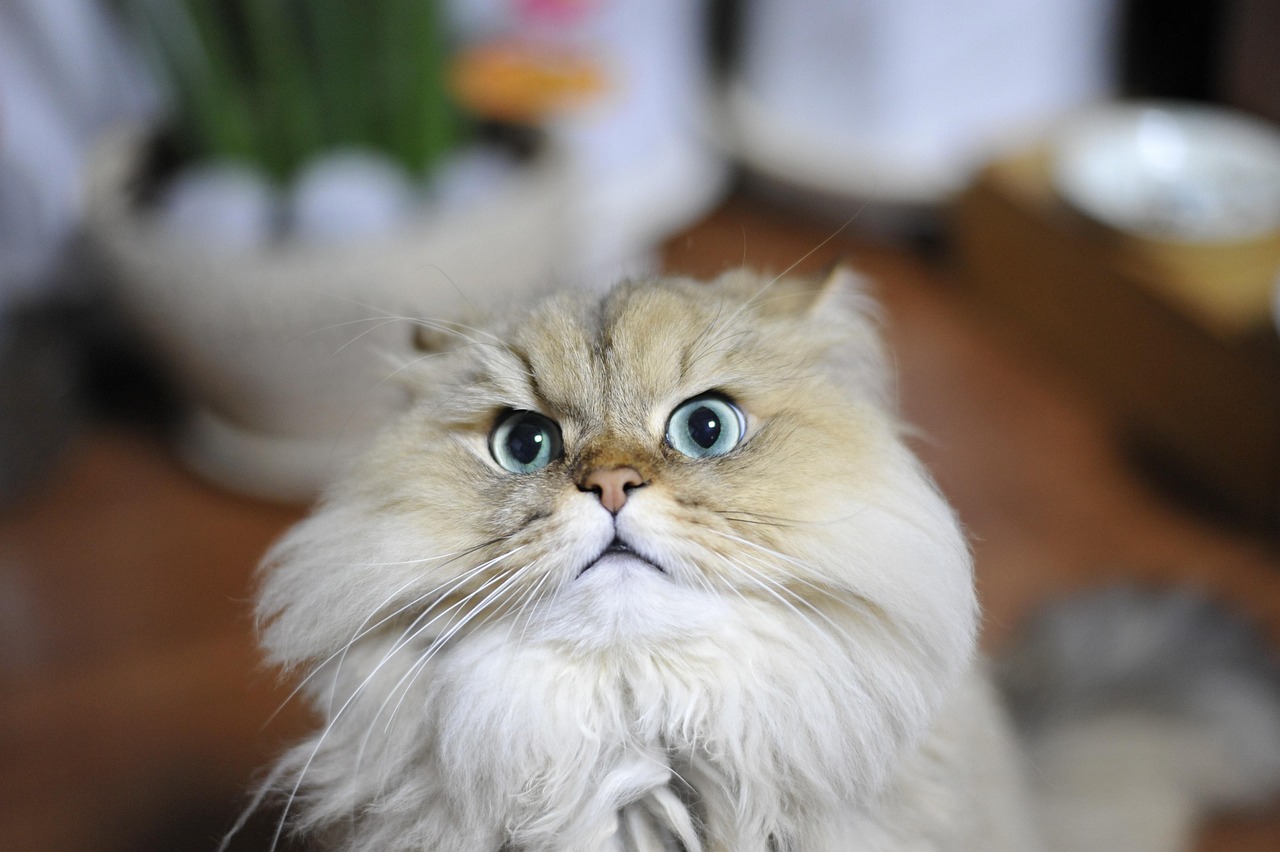
Chinchilla-colored cats have long, luxurious hair and large round eyes like Persian cats. Their genes create a faded look at the base of the hair. “The actual hair coat of these cats are white at the roots, and the tips of each hair will be the cat’s primary colors, such as tabby, blue, black, red, cream, chocolate and so on.”
The chinchilla pattern creates an ethereal quality that seems almost ghostly in certain lights. The dominant allele (I) produces tipped hairs that are fully colored only at the tip and have a white base. This allele appears to interact with other genes to produce various degrees of tipping, ranging from deeply tipped silver tabby to lightly tipped shaded silver and chinchilla silver. It’s as if someone dipped the very tips of each hair in paint, creating a stunning gradient effect.
Fever Coat: Nature’s Temporary Art
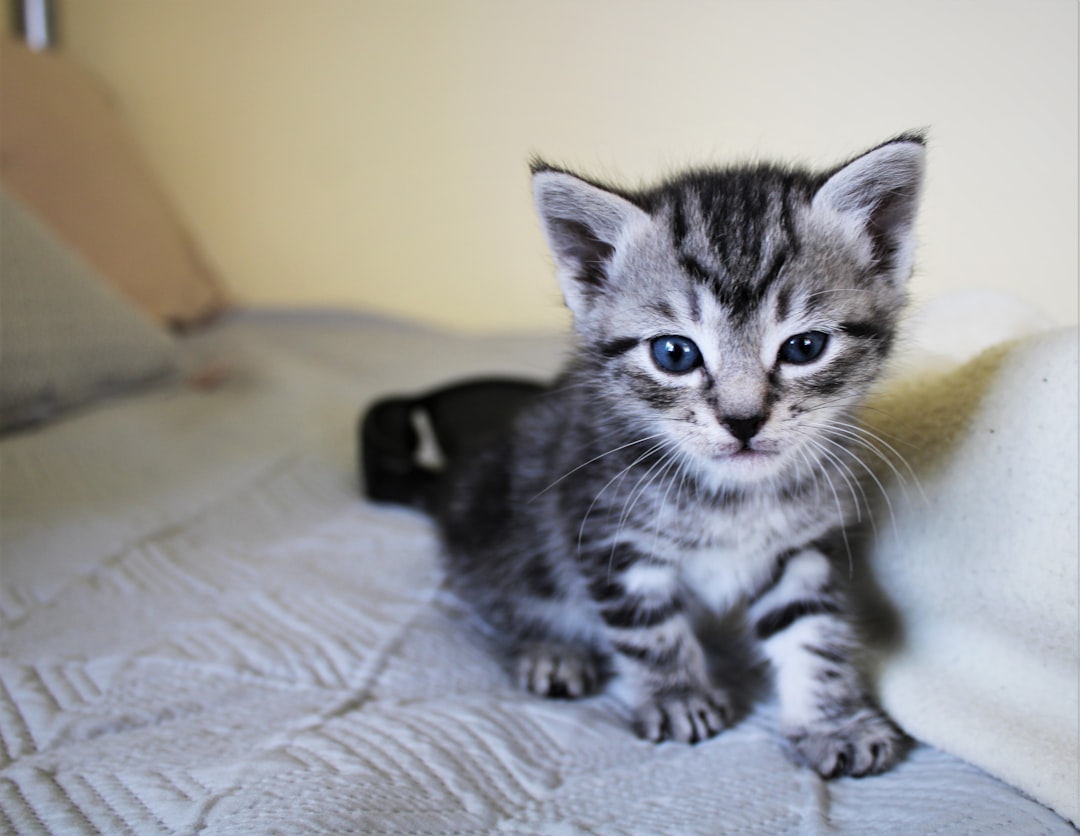
Fever coat is an effect known in domestic cats, where a pregnant female cat has a fever or is stressed, causing her unborn kittens’ fur to develop a silver-type color (silver-grey, cream, or reddish) rather than what the kitten’s genetics would normally cause. After birth, the silver fur is replaced naturally by fur colors over the span of a few weeks according to the kitten’s genetics.
This temporary pattern represents one of nature’s most fascinating mysteries. The stress or fever experienced by the mother cat during pregnancy creates a silver wash across her kittens’ coats, almost like a protective blessing that fades as they grow stronger. Watching a fever coat kitten transform into their true colors over several weeks feels like witnessing a slow-motion magic trick performed by genetics itself.
Conclusion
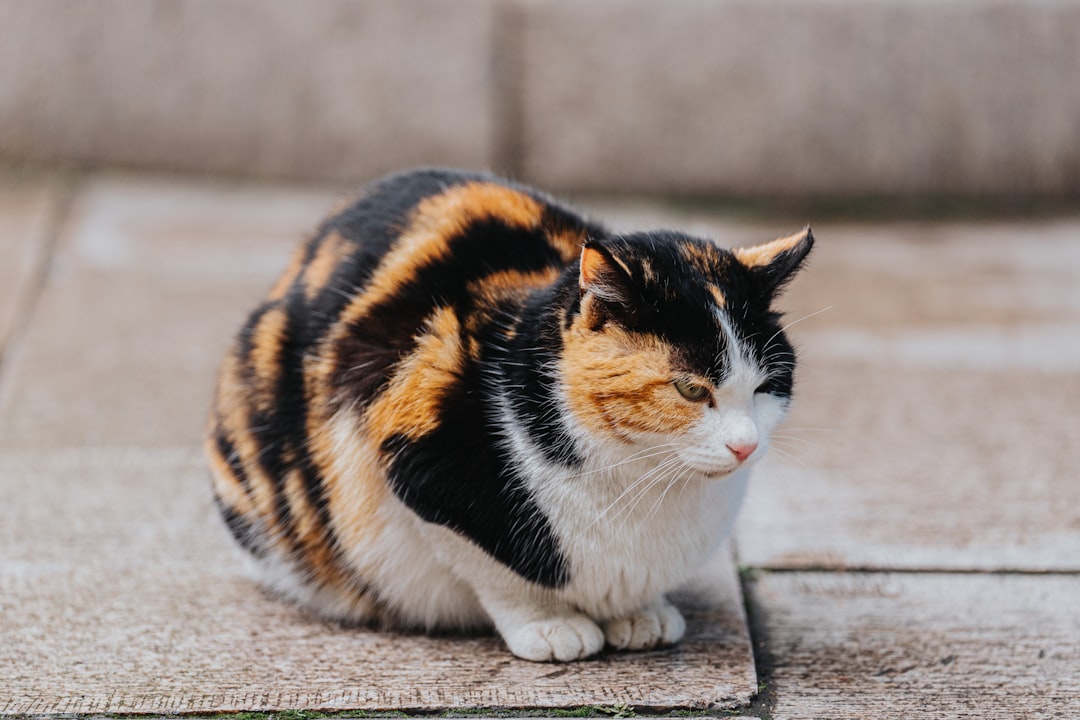
These twelve extraordinary coat patterns remind us that cats are walking galleries of genetic art. From the temperature-sensitive paintings of Siamese points to the dual DNA masterpieces of chimera cats, each pattern tells a story millions of years in the making.
Whether it’s the werewolf mystique of a Lykoi or the shimmer of a Russian Blue catching afternoon light, these unusual patterns prove that nature’s creativity knows no bounds. The next time you encounter a cat with an unusual coat, remember you’re looking at a living testament to the incredible complexity and beauty of genetics. What patterns have you spotted that made you stop and stare?


